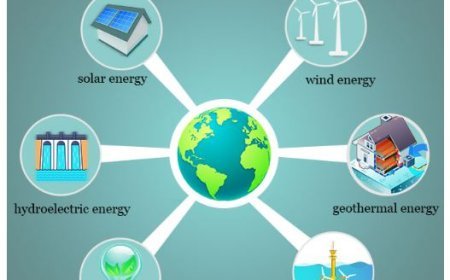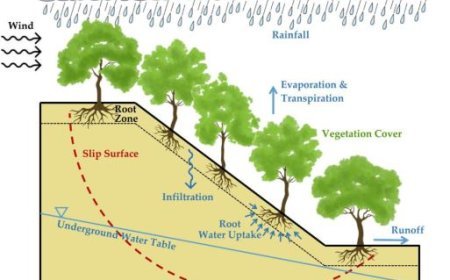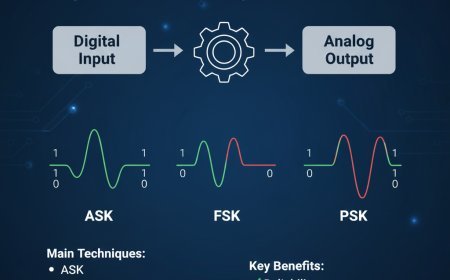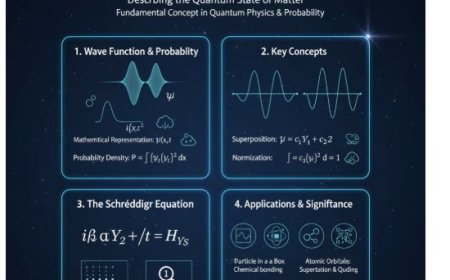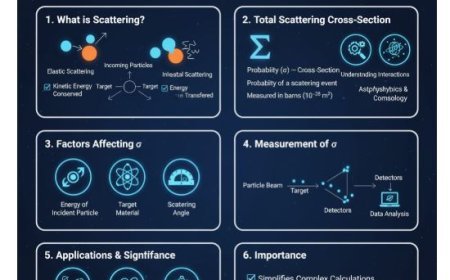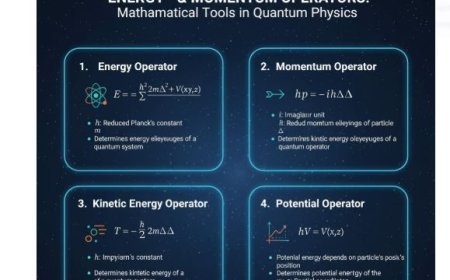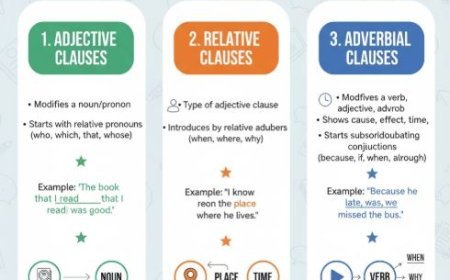NON-RIGID ROTATOR
Learn what non-rigid rotators are in physics, how they differ from rigid rotators, their working principles, examples, and importance in engineering and natural systems.
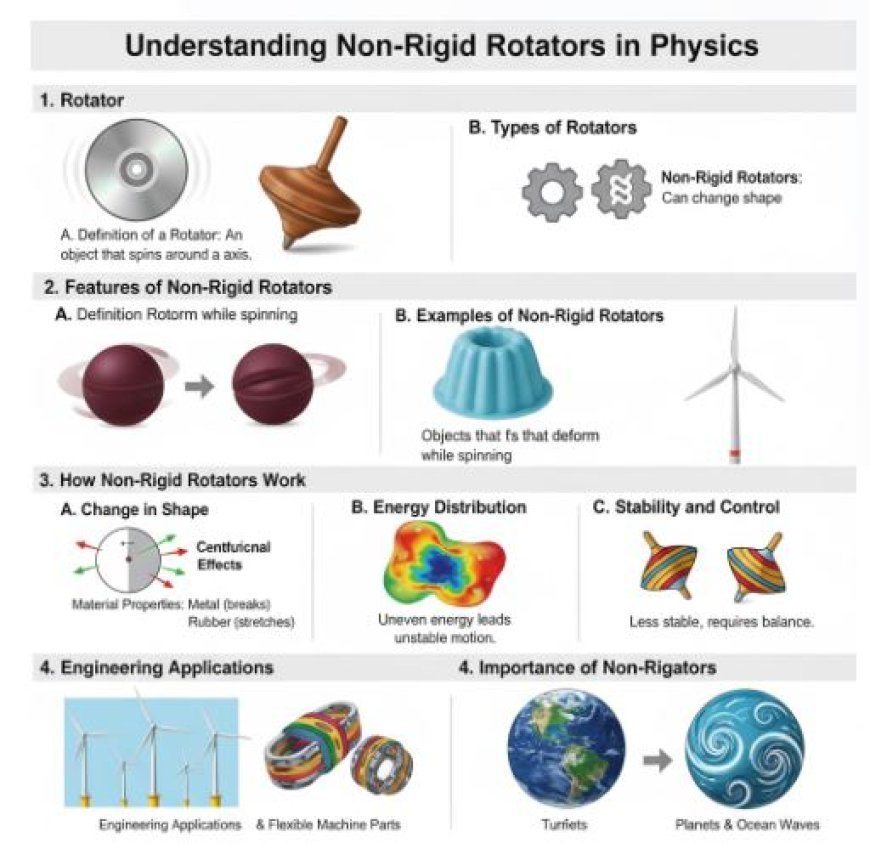
Understanding Non-Rigid Rotators in Physics
Rotators are an important part of understanding how objects spin and move in circular motion in physics. Among them, non-rigid rotators are particularly interesting.
1. Rotator
Before discussing non-rigid rotators, let's first understand what a rotator is.
A. Definition of a Rotator
- A rotator is an object that spins around an axis.
- Examples include a spinning top or a wheel, both of which rotate around a central point.
B. Types of Rotators
Rotators can be categorized into two main types:
- Rigid Rotators: These do not change shape while rotating. Examples include discs or wheels.
- Non-Rigid Rotators: These can change shape as they rotate.
2. Features of Non-Rigid Rotators
Non-rigid rotators differ from rigid rotators in several ways.
A. Definition of Non-Rigid Rotators
- Non-rigid rotators are objects that deform while spinning.
- Their shape can change due to external forces or the properties of the material they are made from.
B. Examples of Non-Rigid Rotators
- Rubber or Soft Objects: A soft ball can stretch or shrink while spinning.
- Flexible Structures: Fan blades that bend while rotating are another example.
3. How Non-Rigid Rotators Work
Understanding non-rigid rotators requires examining key concepts.
A. Change in Shape
Non-rigid rotators can bend or deform temporarily while spinning due to:
- Centrifugal Effects: Rotating parts experience forces that can cause stretching or compression.
- Material Properties: Different materials respond differently to stress:
- Metal may break under stress.
- Rubber may stretch and return to its original shape.
B. Energy Distribution
- Energy in non-rigid rotators is distributed unevenly inside the object.
- This can lead to unstable motion or deformation while spinning.
C. Stability and Control
- Non-rigid rotators are often less stable than rigid ones.
- To avoid vibrations or loss of control, balance and stability must be maintained.
4. Importance of Non-Rigid Rotators
Non-rigid rotators have applications in various fields.
A. Engineering Applications
- Turbines: Wind turbines are designed to be flexible to adapt to different forces while rotating.
- Mechanical Systems: Some machine parts must be flexible to prevent breakage and ensure smooth movement.
B. Natural Phenomena
- Many natural processes involve non-rigid rotational motion, such as:
- Planets spinning in space.
- Ocean waves and their rotational movements.
- Understanding non-rigid rotators helps scientists predict and analyze natural patterns more effectively.
What's Your Reaction?









